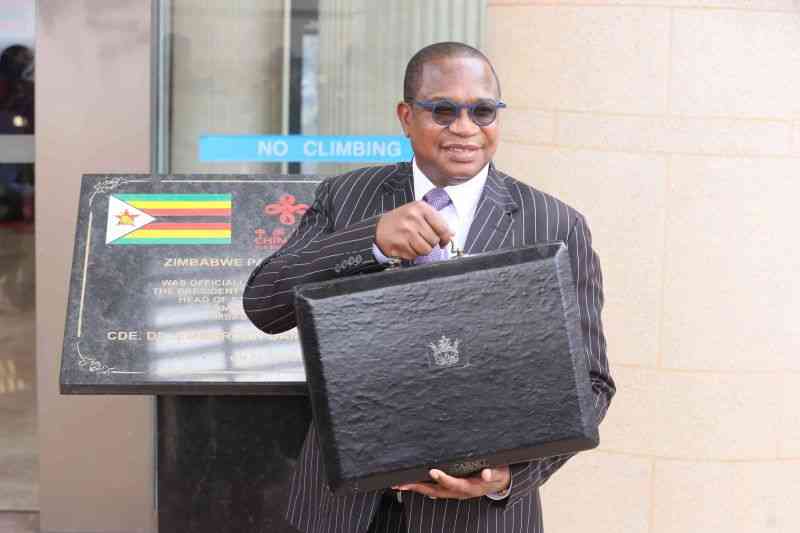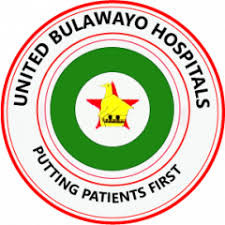
BUDGETARY allocations towards social service delivery ministries under the current administration have been failing to satisfy minimum benchmarks set under various regional and international agreements, an analytical paper by a national health advocacy group shows.
Last week, Finance, Economic Development and Investment Promotion minister Mthuli Ncube presented a ZW$58,2 trillion budget (approximately US$10 billion), which revealed that government’s spending trends towards social service portfolios have been declining for the past six years.
A position paper prepared by the Community Working Group on Health (CWGH) shows that, since 2019, the government’s spending trends towards social service delivery areas has been on a downward spiral, reflecting the tight fiscal squeeze and huge public debt gripping the country.
Zimbabwe’s debt stands at US$17,7 billion.
According to the paper, next year’s budgetary vote towards the social protection portfolio accounts for 1,5% (ZW$2,4 trillion) of the total budget against the 4,5% target set under the social policy for Africa agreement of 2008.
Expenditure trends indicate that from 2019 to 2023, Zimbabwe channelled less than 1% towards social protection.
Budgetary votes towards the Ministry of Health and Child Care for the past six years also indicate that Zimbabwe has struggled to satisfy the Abuja declaration threshold of 15%.
This year, the Health ministry received 11,2% of the total budget, which will drop to 10,8% (ZW$6,3 trillion) in 2024, amidst collapsing medical infrastructure. The paper postulates that only 7% of Zimbabwe’s 15 million citizens are on health insurance cover.
- Govt caught napping on social service delivery
Keep Reading
“Health spending as a share of total government expenditure, an indicator of the priority given to health. The Abuja target remains an elusive target for the country,” excerpts from the CWHG read.
“According to the 2021 Global Expenditure on Health by the World Health Organisation (WHO), global average health spending per capita was US$1,105 in 2019, but there was wide variation across different income groups.”
Relating to education, parties to the education for all, fast track initiative of 2000 committed to channel 20% of their national budgets towards that sector.
However, Zimbabwe will spend 17,7% of the total budget on education. Spending patterns show that the southern African country spent 14,6% in 2019, which dropped to 13,3% in 2020.
Commitments made under the eThekwini Declaration and Sharm El-Sheik Commitment reveal that parties agreed to allocate the water and sanitation priority area 1,5% of their gross domestic product (GDP).
But Zimbabwe has also been sluggish to meet that benchmark, with figures showing that the sector will get 0,4% next year (ZW$608 billion), up from 0,1% this year.
The trends show that Zimbabwe’s spending towards agriculture, a key driver of economic growth for the southern African country, satisfied the 10% yardstick as agreed under the Maputo declaration for the past successive four years since 2019.
However, Zimbabwe will spend 7,4% (ZW$4,3 trillion) of its national budget towards agriculture, amid an El-Niño induced drought that is forecast to wreak havoc in the region.
Infrastructure development, as greed by parties to the African Union Declaration of 2009, pledged to extend 9,6% of GDP to the productive sector.
The Treasury extended a 6,3% (ZW$10 trillion) budgetary vote towards infrastructure for 2024.






